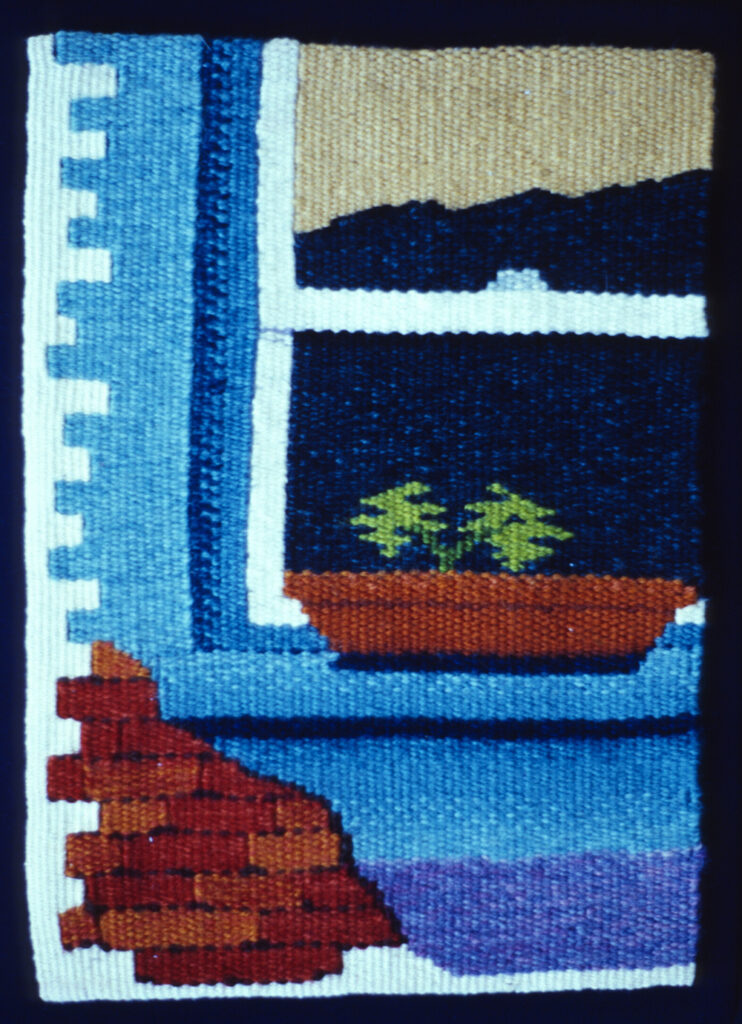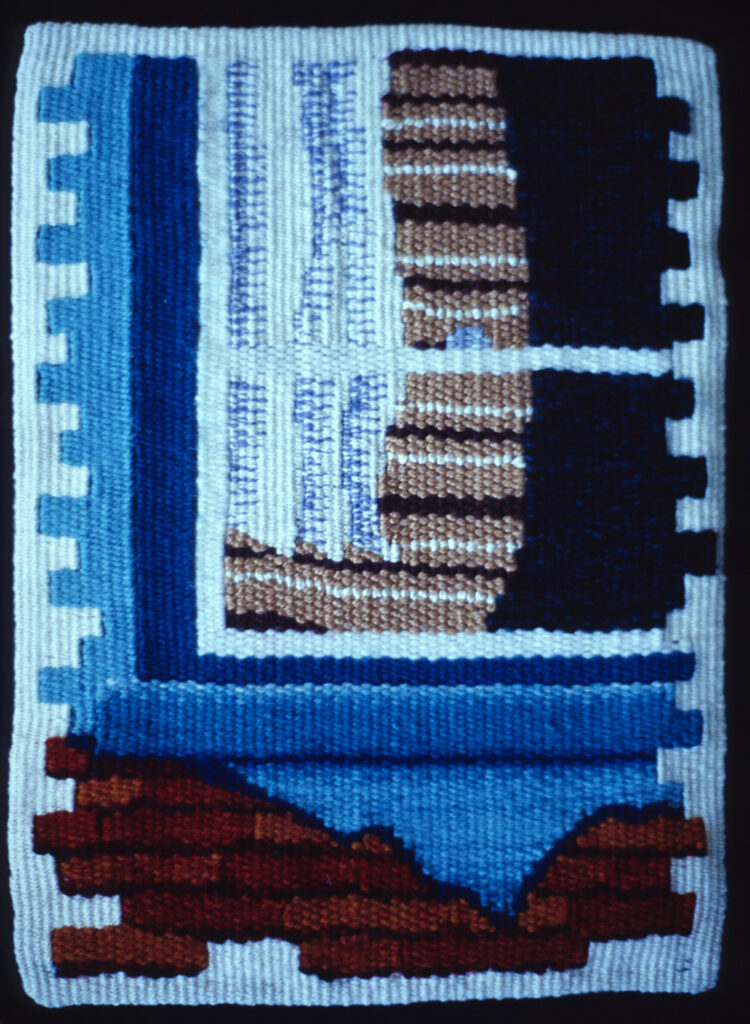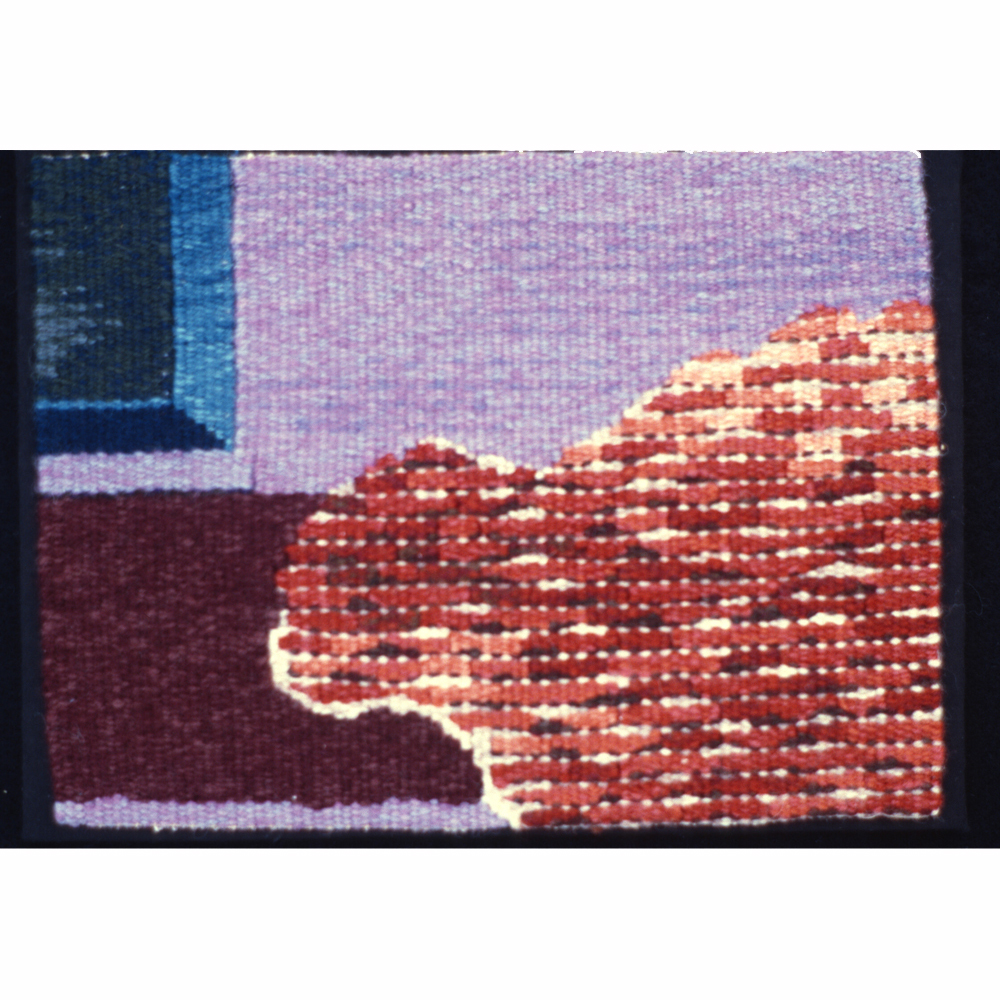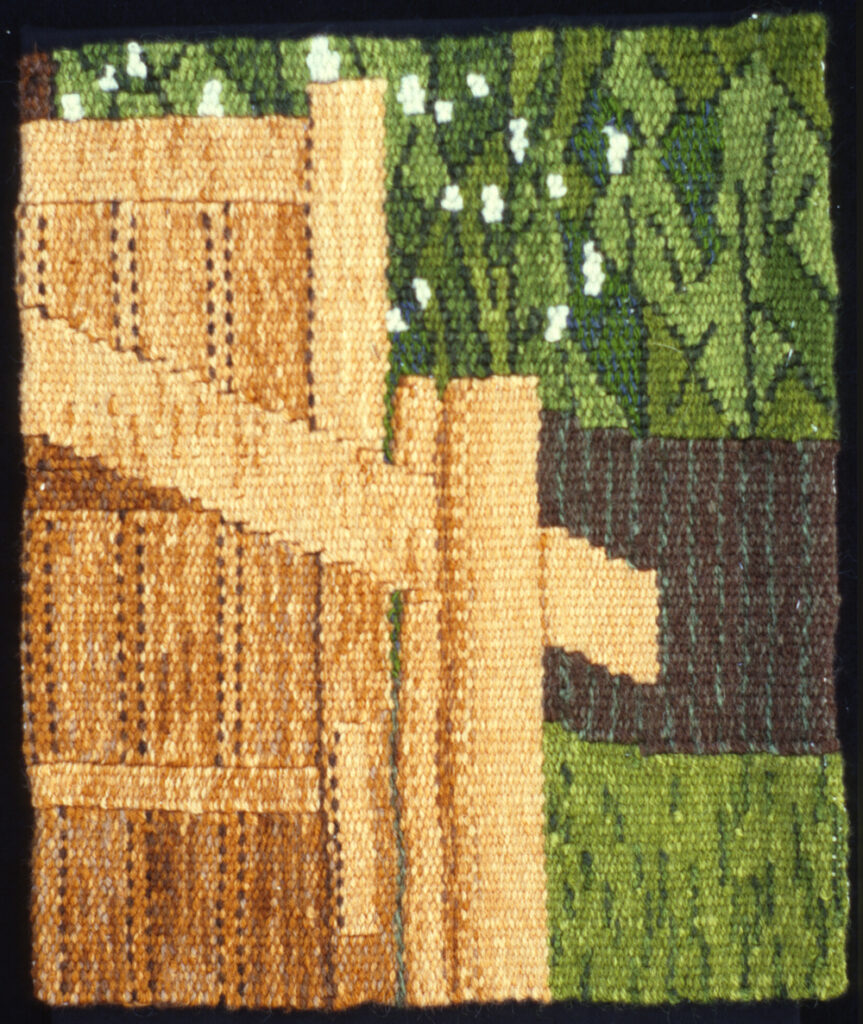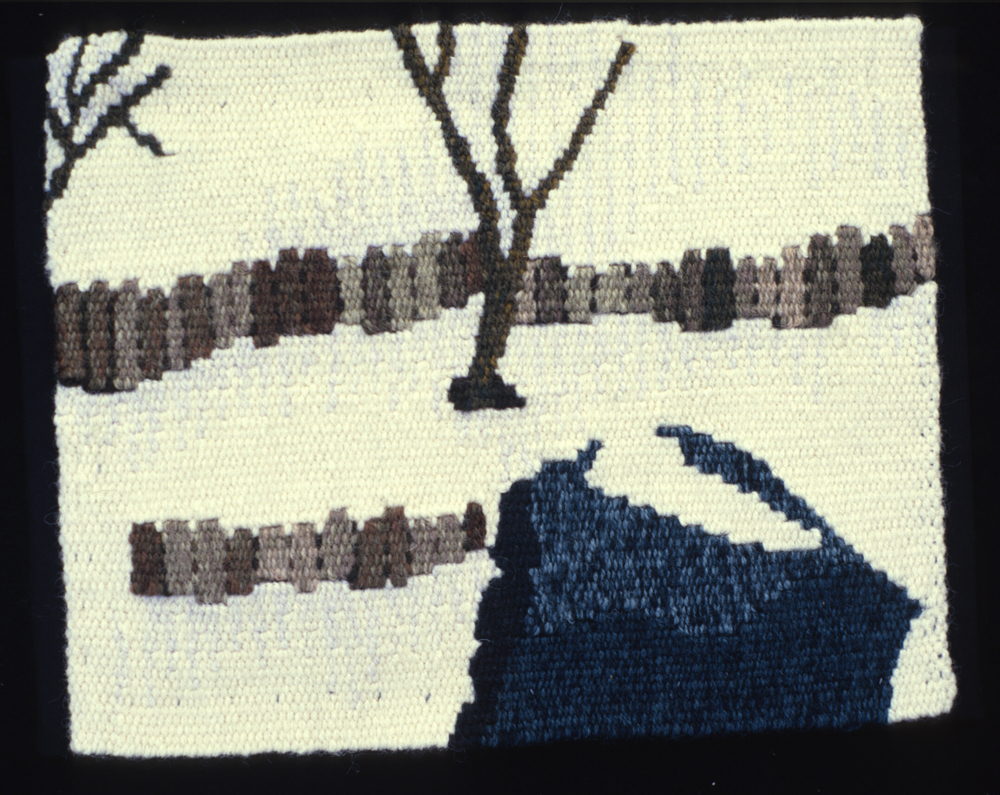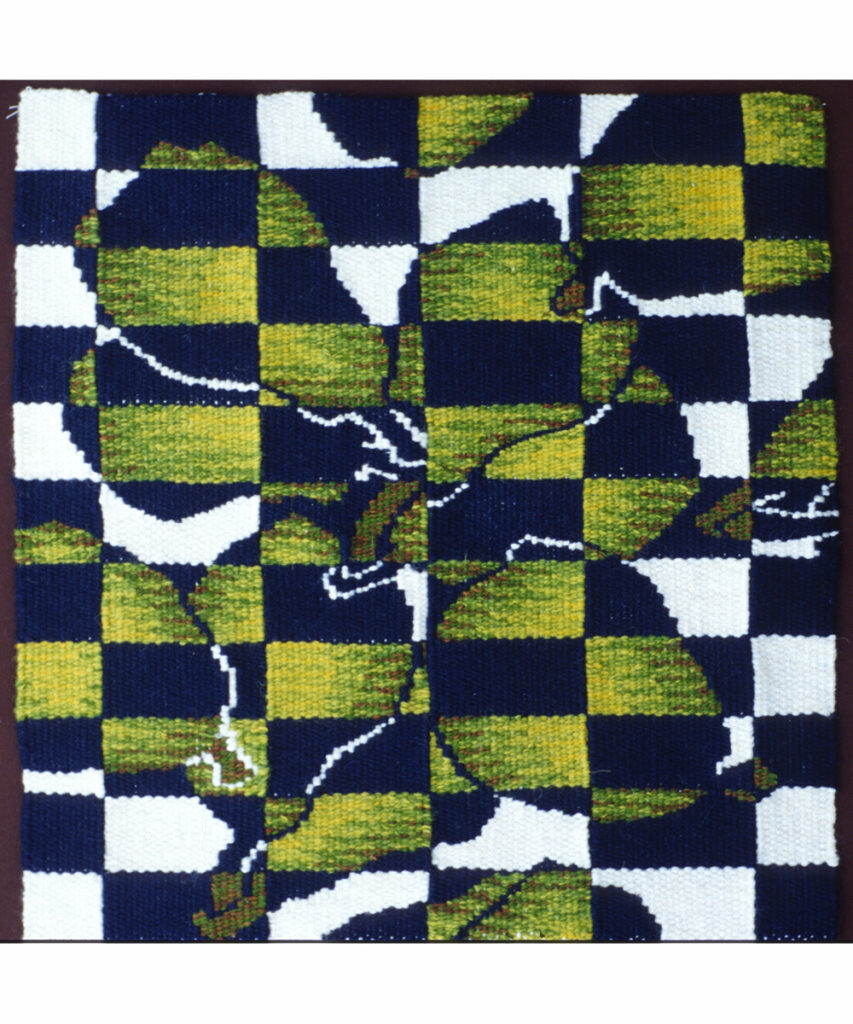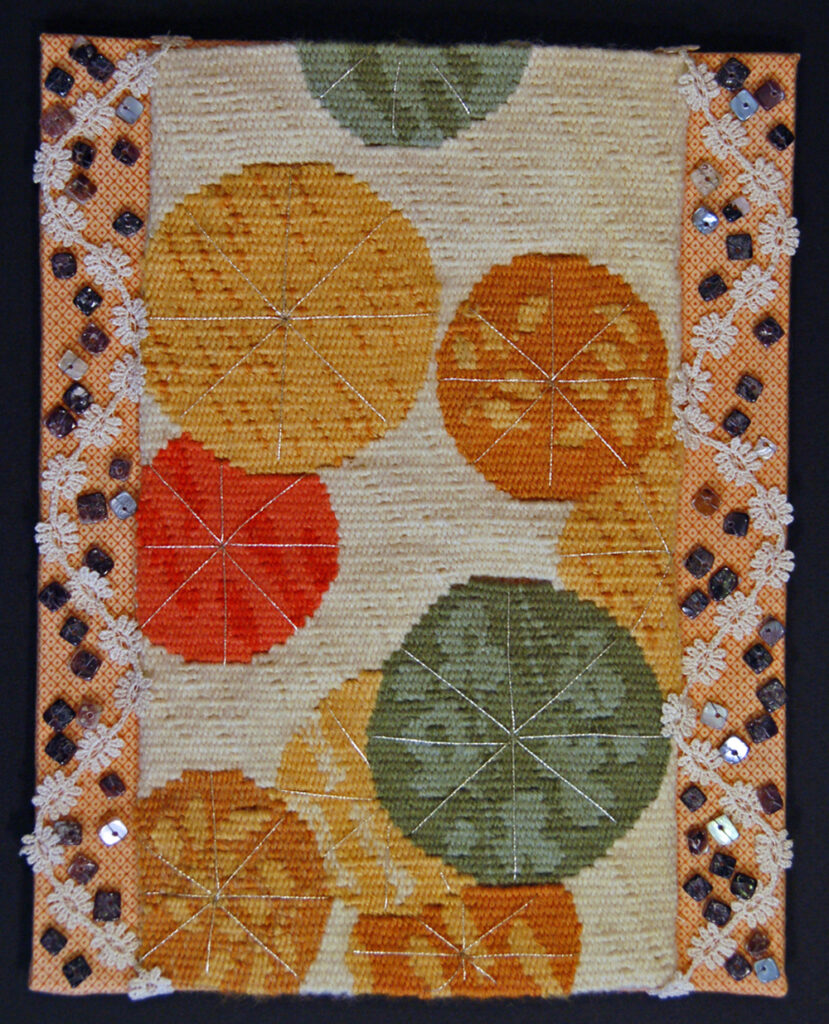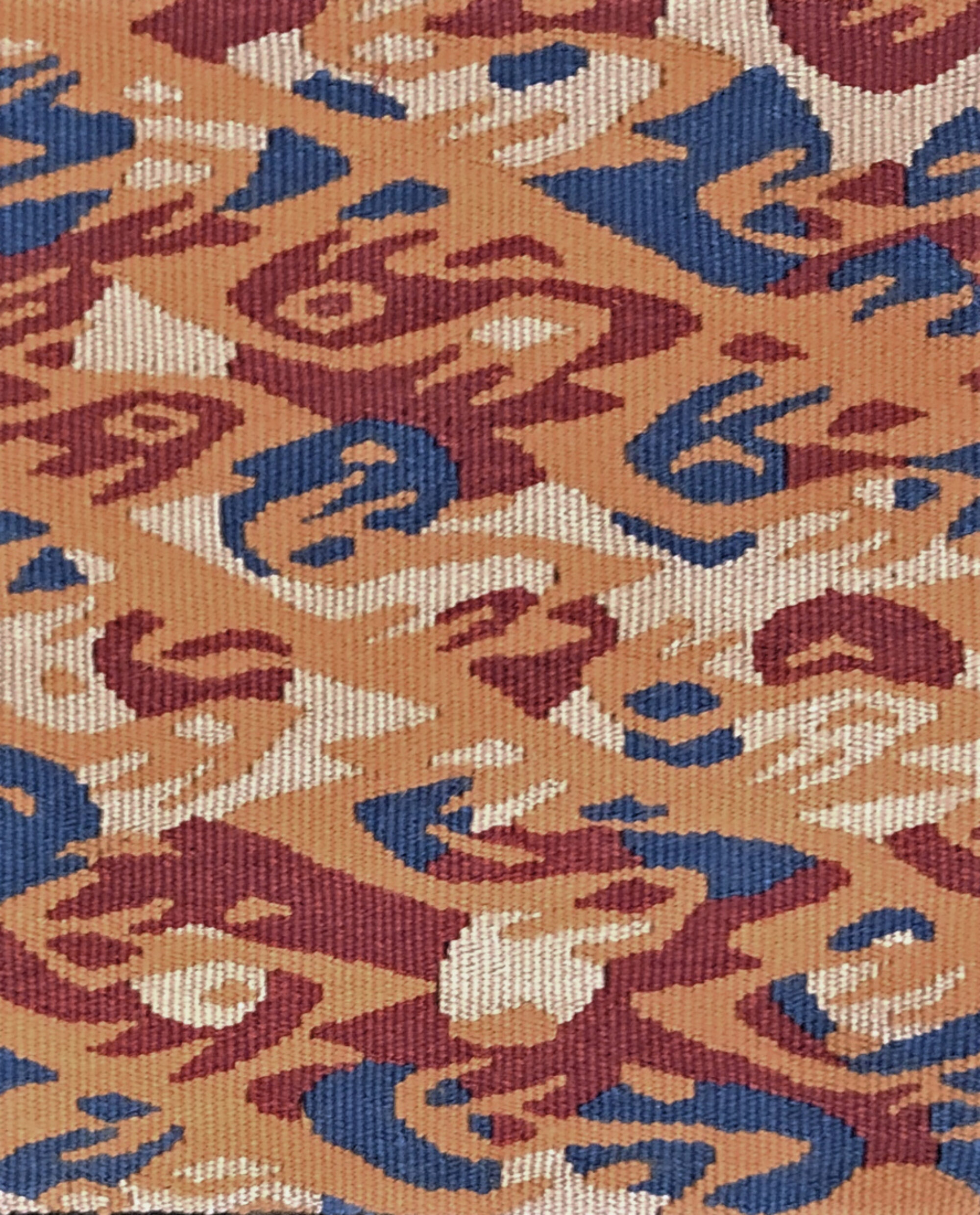Drapery & Textiles
Around 2000 I began weaving a series of tapestries that were images of cloth. I was trained in classical French tapestry techniques and the systematic and stylized nature of the traditional hachures has always fit my orderly way of seeing the world. Hachures were most fully developed in the depiction of drapery and because of my affinity with those techniques, I started to employ cloth in my images. However, re-presenting cloth in cloth also involves a meta level of cognition that satisfied my intellectual and emotional interest in issues of representation, gender, family and personal identity.
I have used my own drawings of both historical garments and of utilitarian cloth as models for the tapestries. In both cases the cloth has the ability to suggest, or embody, its former owner and uses. Cloth surrounds us and is usually taken for granted – yet its presence in our lives and rituals suggests a significance that transcends a particular historical situation. It is rich with symbolic potential, with both presence and absence. It is both beautiful and melancholy.
Click on images to enlarge.
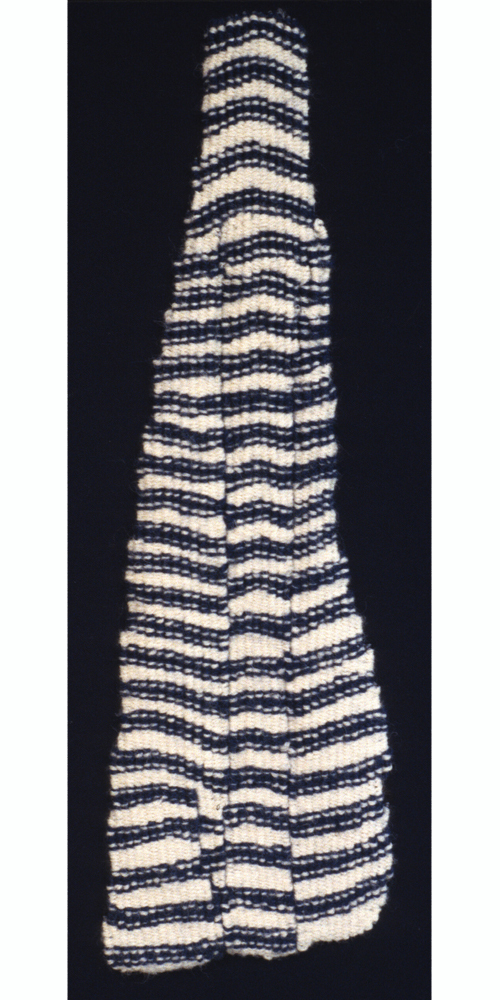
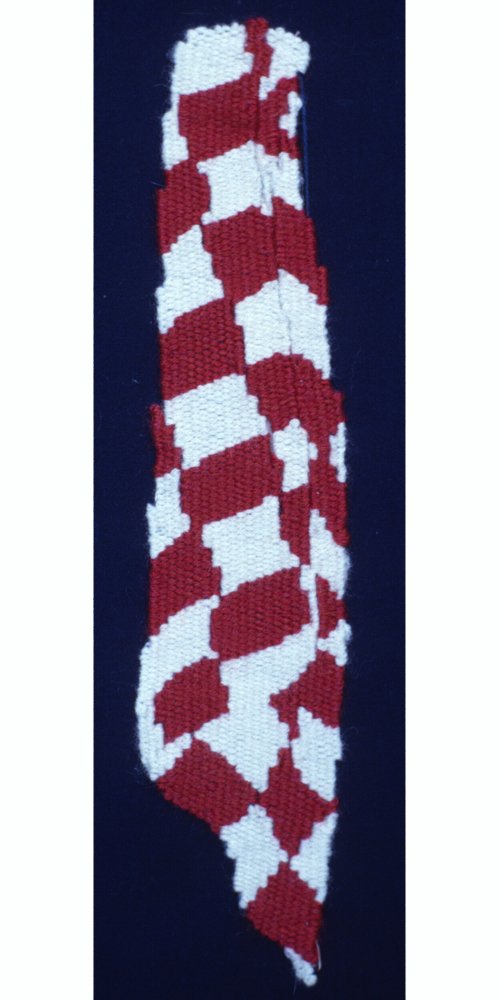

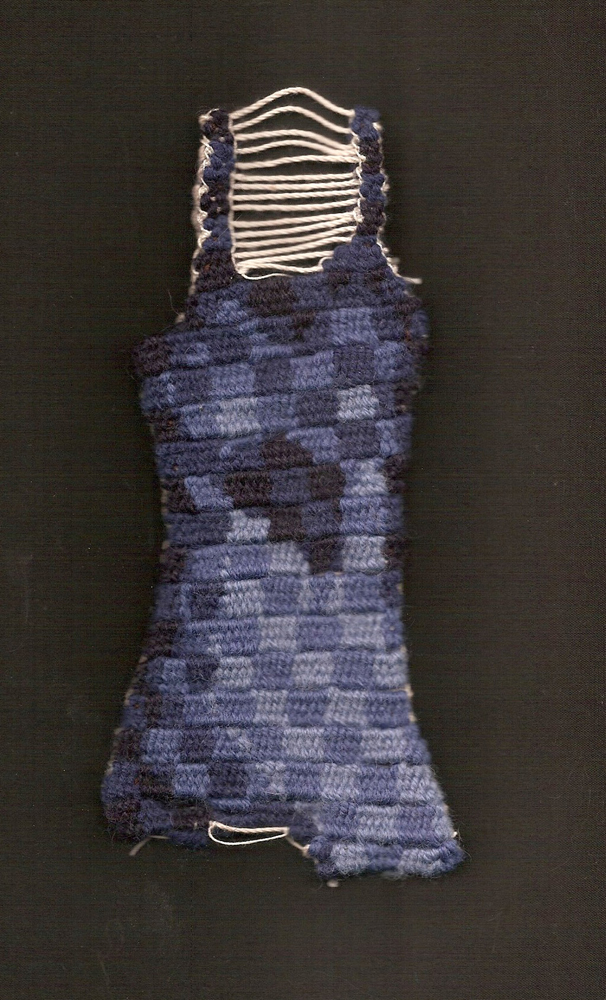
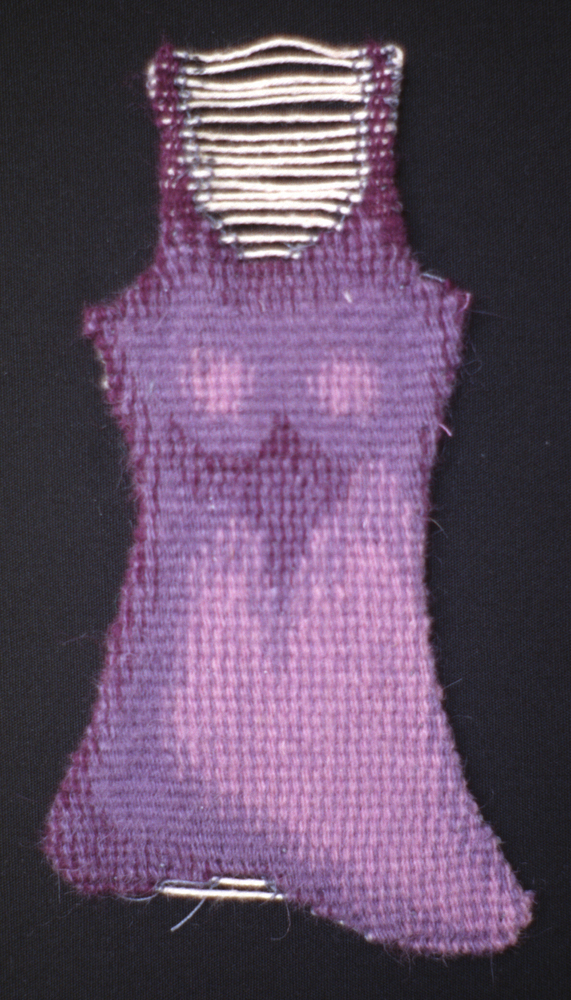
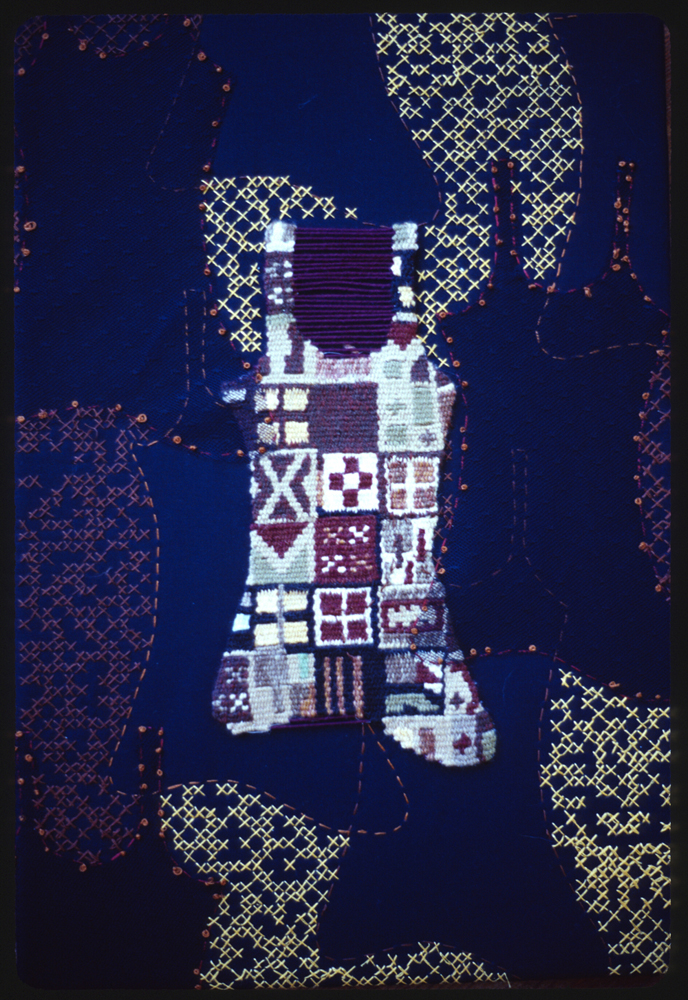

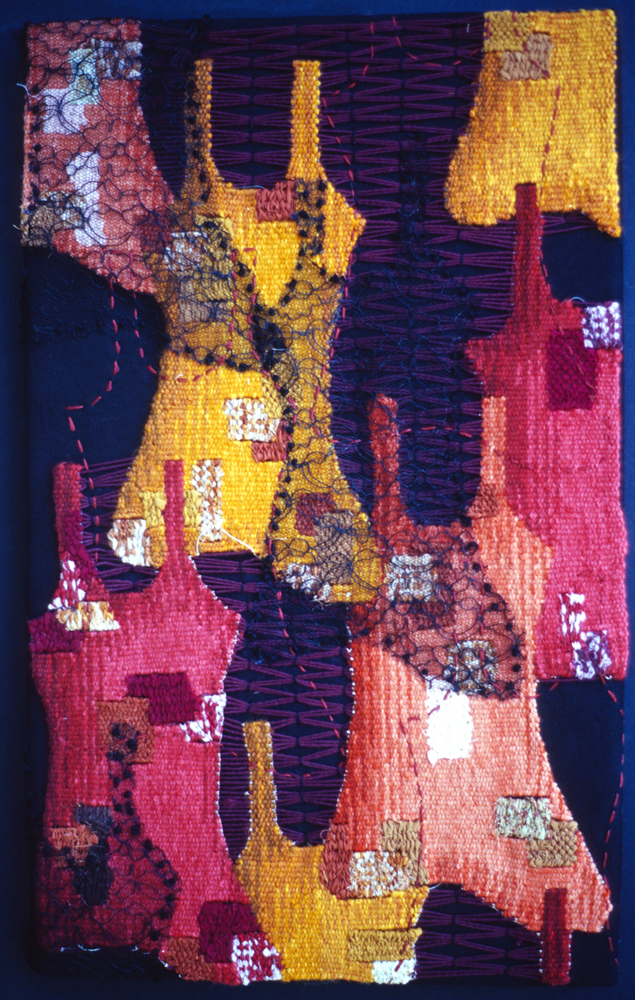

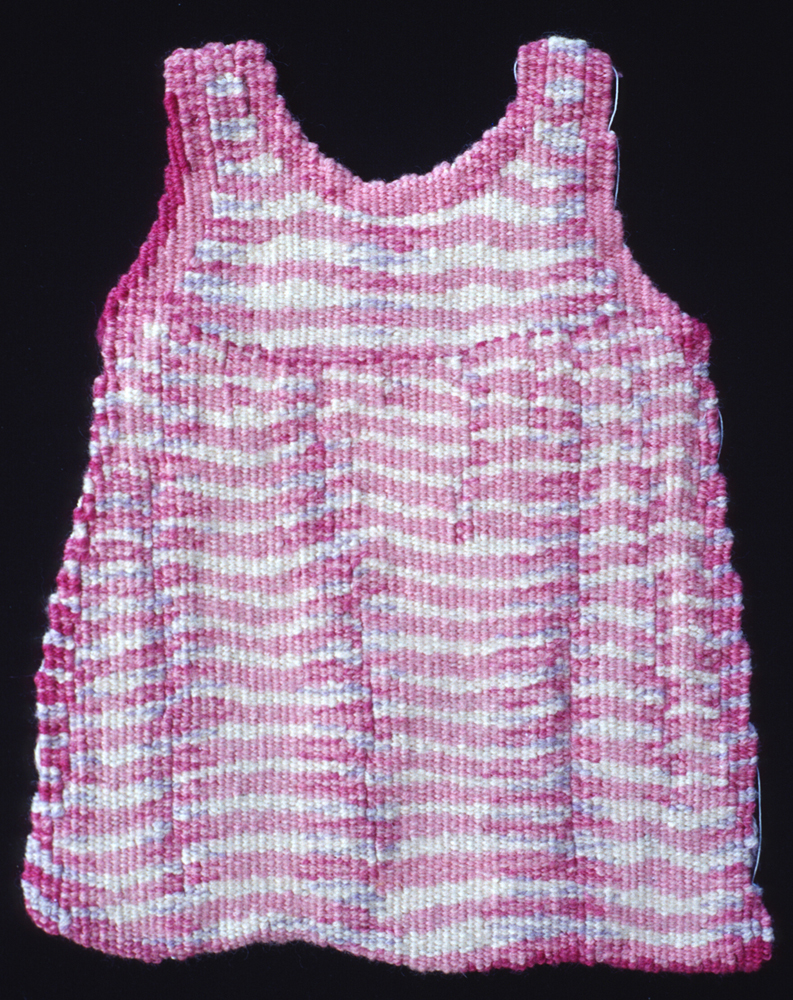
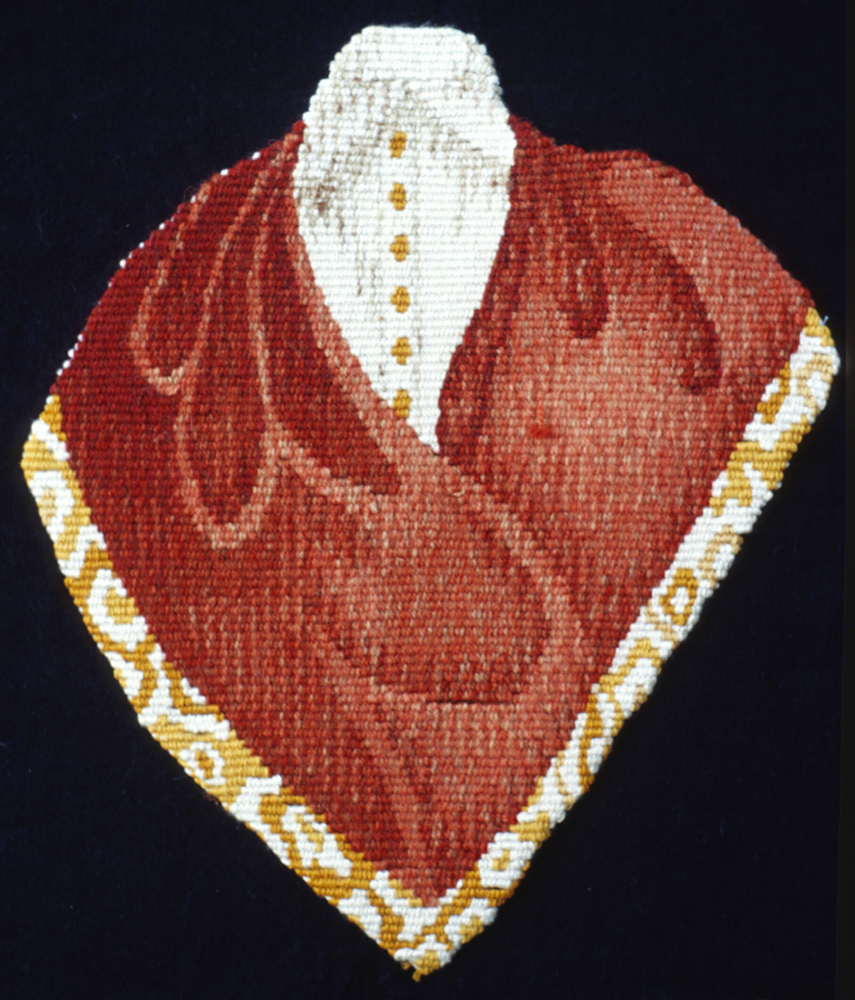
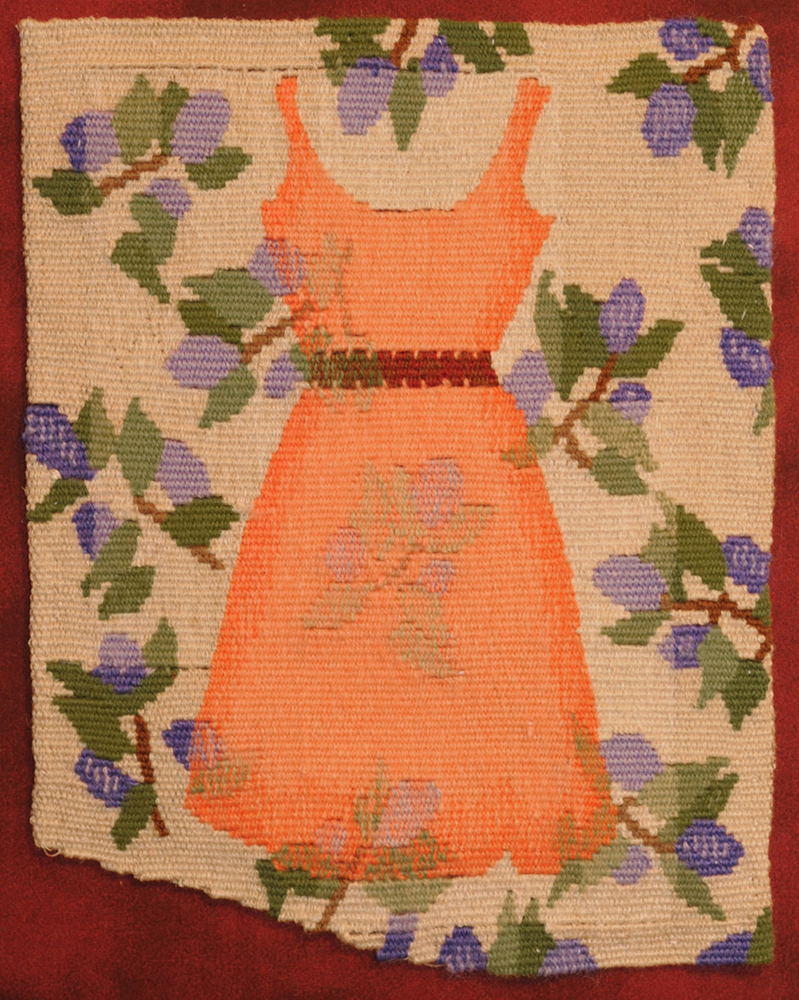
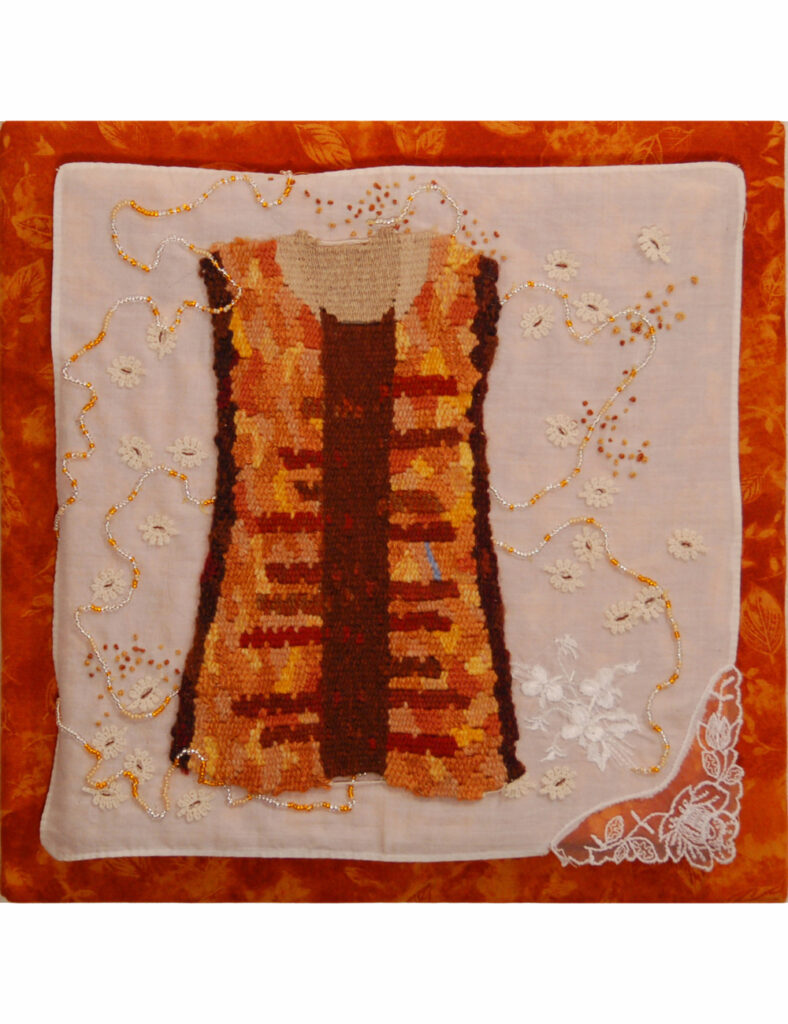
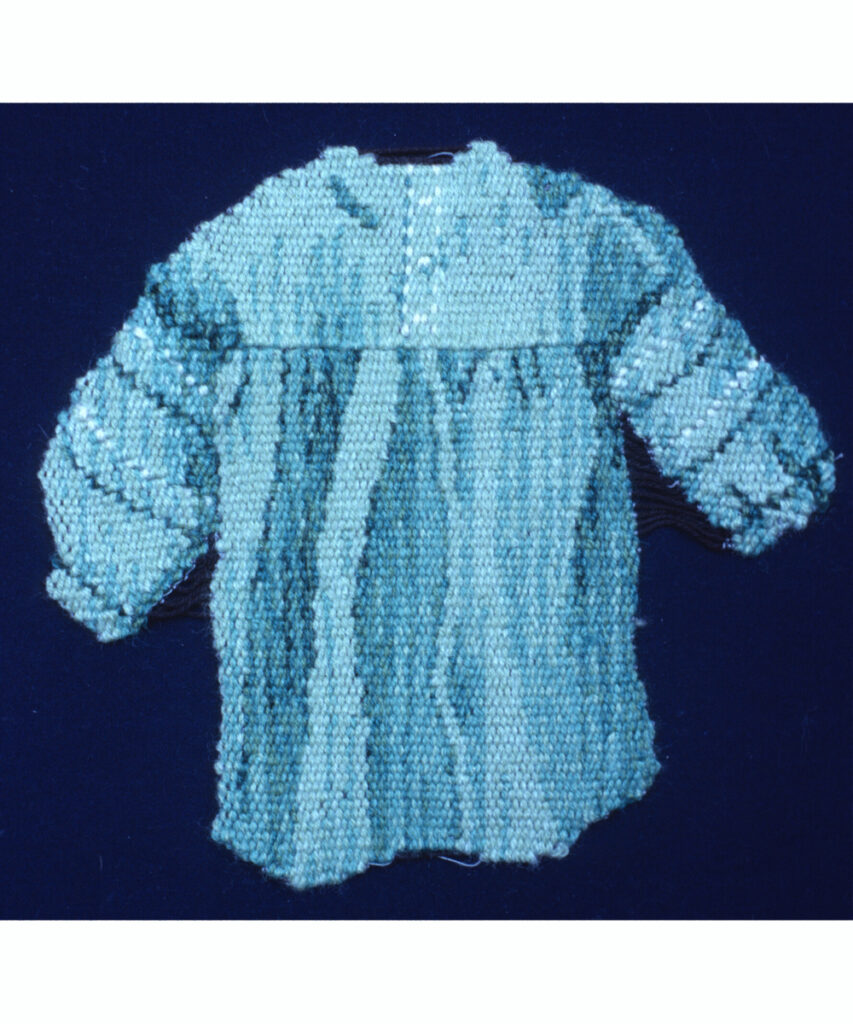
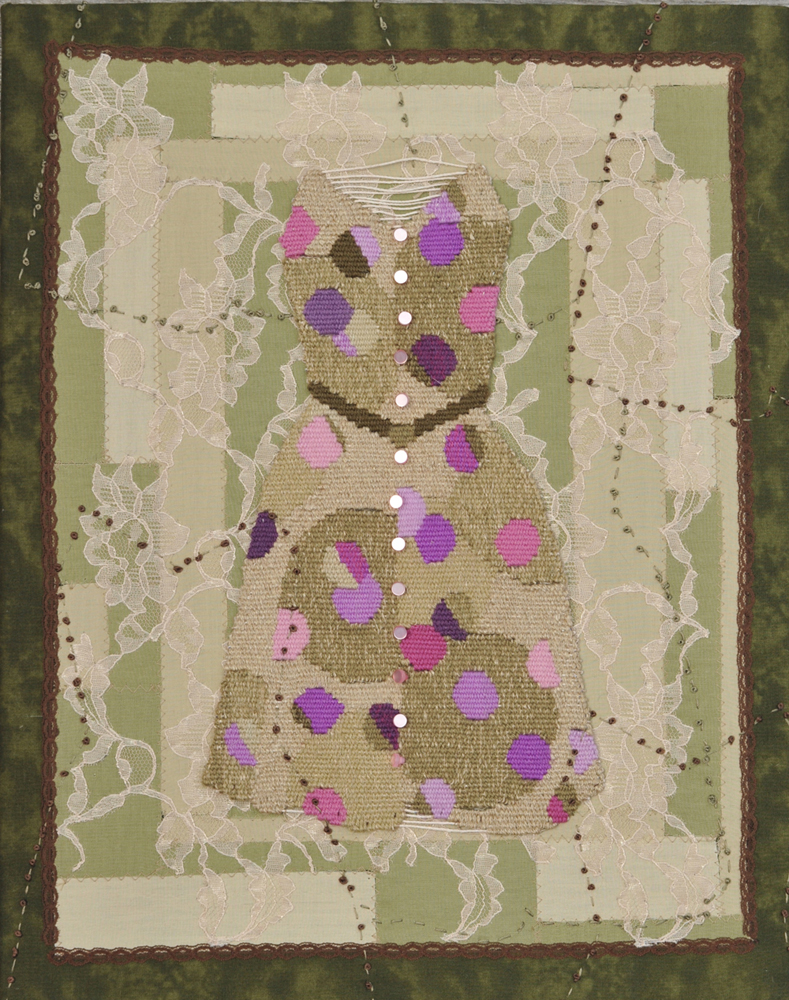
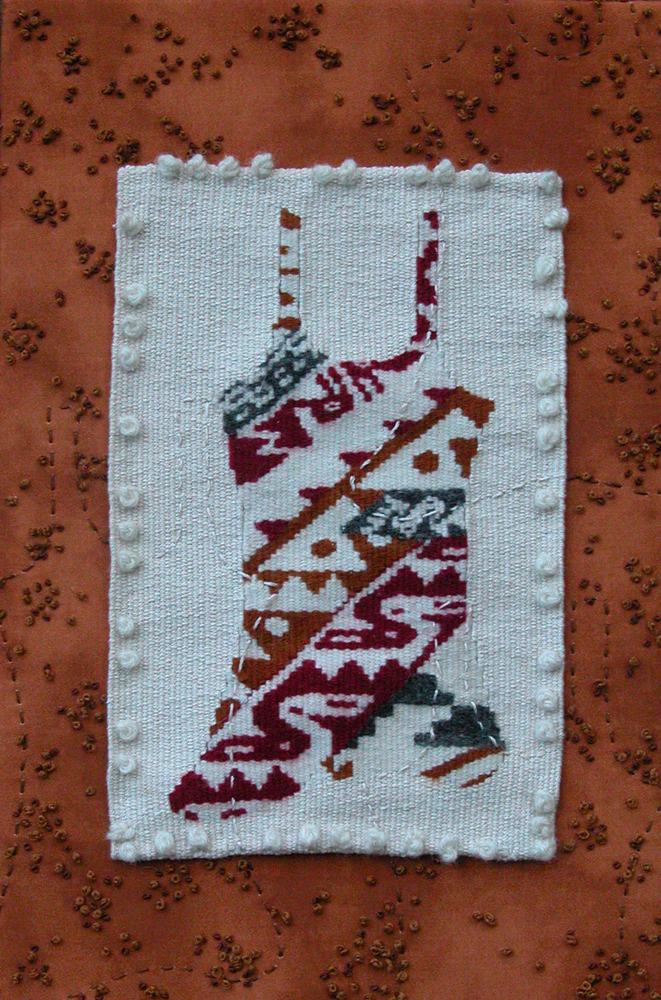
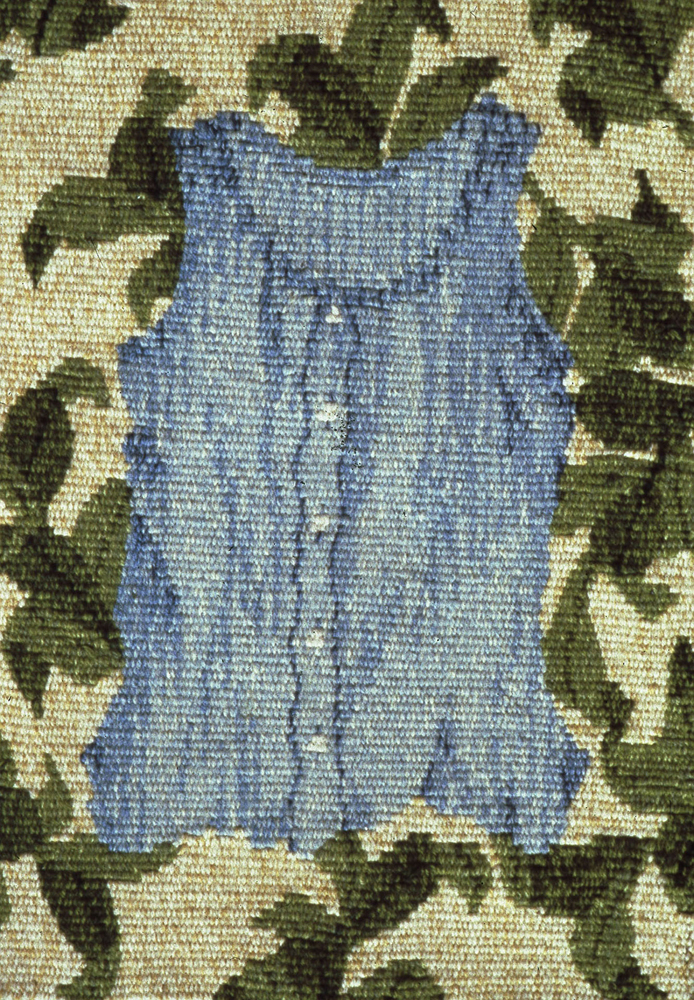
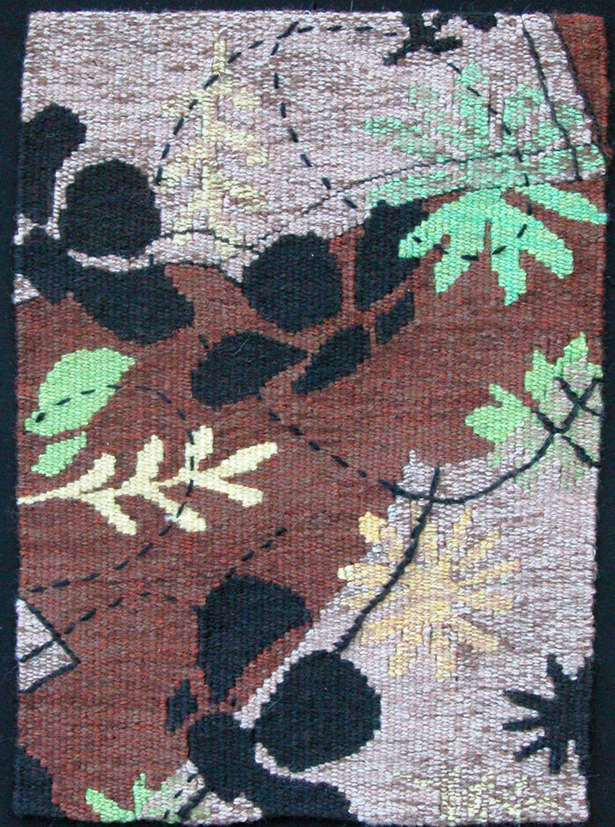
Joseph Lane
I continued to weave other kinds of imagery as well. Most of my tapestries were smaller as I was now working in arts administration. However, in 1999 I received a letter from a man whose name was William Joseph Lane. He was looking for his biological mother and he knew her name was Mary. He had paid to obtain the names and addresses of Mary Lanes all over the United States. He was writing to them. His letter was full of sadness and longing and its affect on me was profound. I worked in many ways with what I knew, and what I imagined about his story. I finally decided to weave a set of tapestries about him.
Click on images to enlarge.
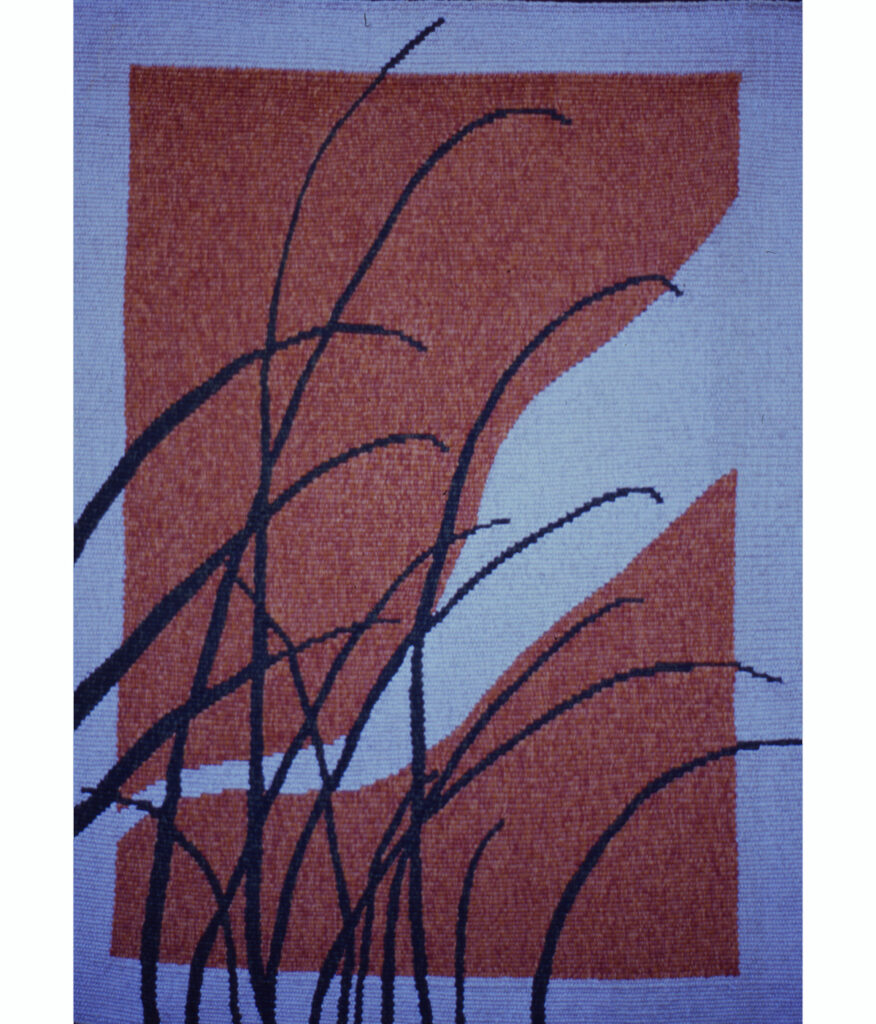

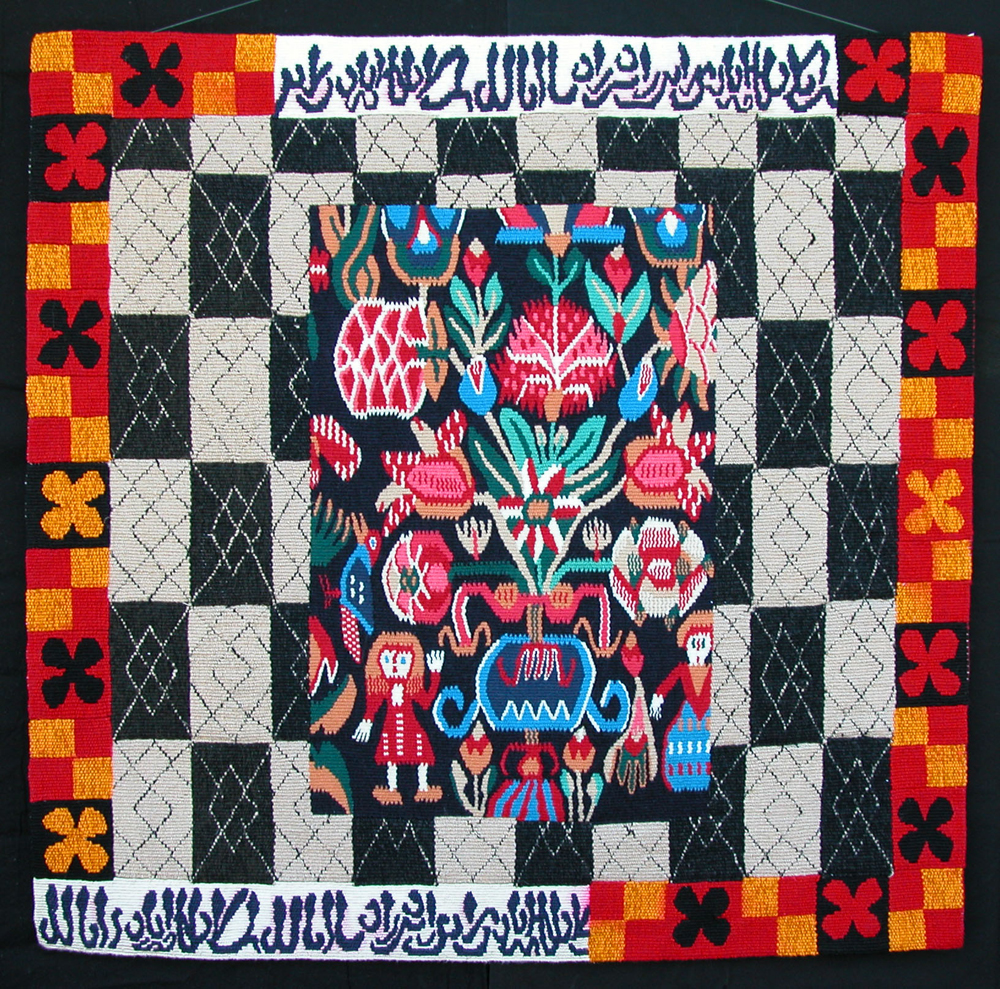
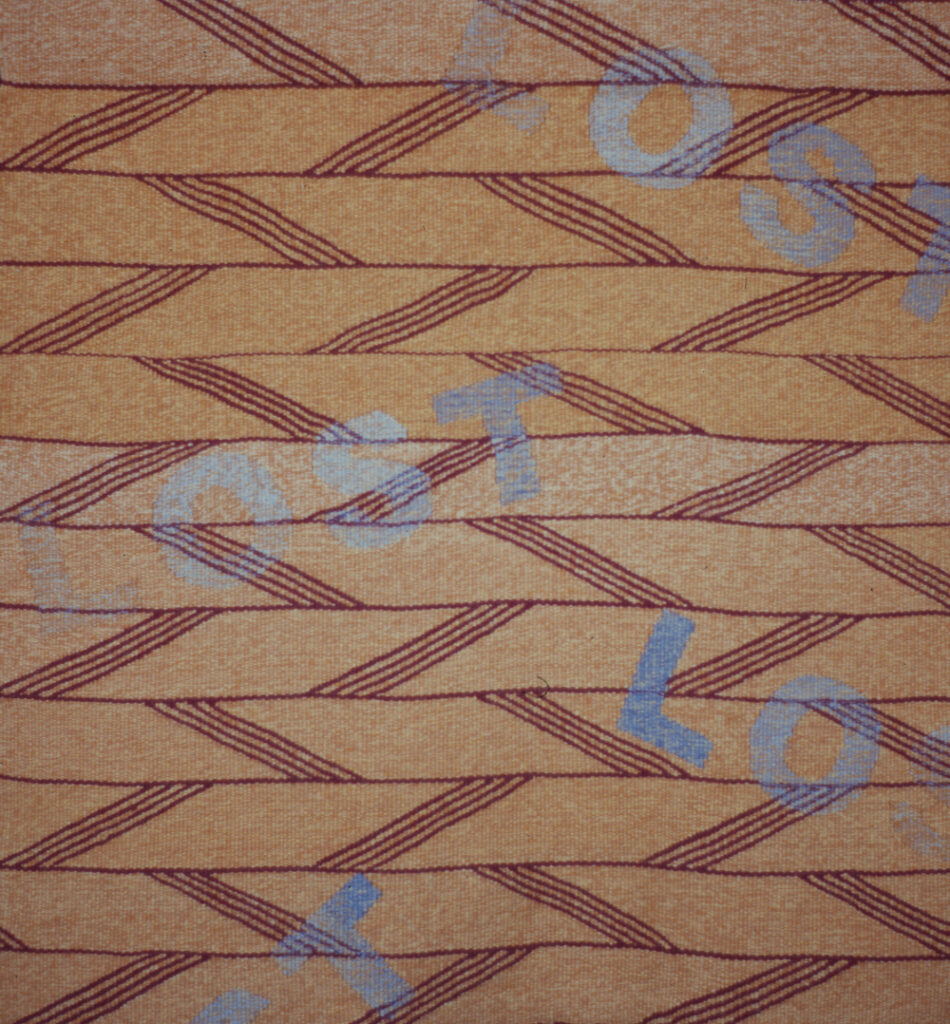
Other tapestries woven during this time period.
Click on images to enlarge.
